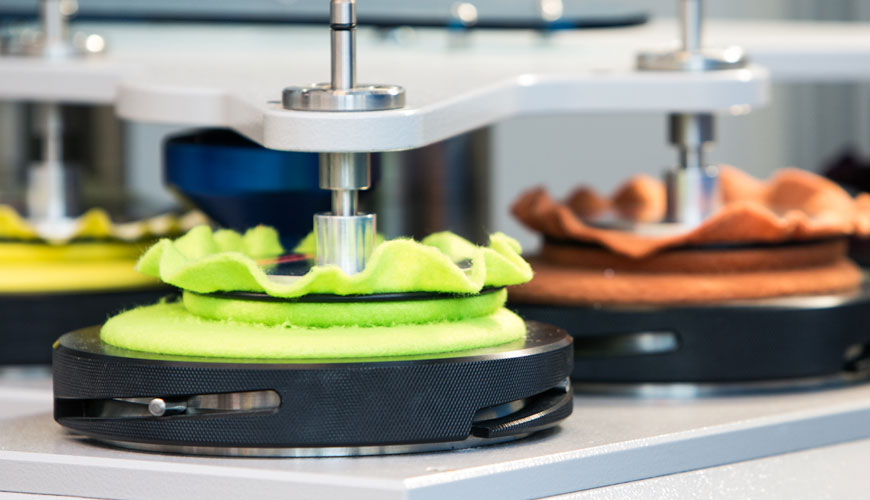

EUROLAB laboratory provides testing and compliance services within the scope of EN 16711-1 standard. This European standard covers a procedure for the determination of metals, in particular antimony (Sb), arsenic (As), cadmium (Cd), chromium (Cr), cobalt (Co), copper (Cu), lead (Pb), mercury.

The general approach is to grind or cut any accessible component of a sample into small pieces or powder; Digest an aliquot completely in nitric acid or, for siliceous products, in a combination of hot, concentrated nitric and hydrofluoric acids.
Cut a representative subsample of approximately 0,5 g from the textile sample (with a sharp pair of scissors made of non-abrasive material, preferably ceramic) and record the mass to the nearest 0,1 mg. If the textile article consists of several parts of textiles such as knitted cuffs or lining, all different types of materials should be tested as a representative composite sample with equal parts of each component.
Select the number of pieces that can be collected as composite samples based on the detection and quantity limits of the instrumental equipment. Weigh materials that cannot be separated as a single sample. Consider also the different colors of the material for sampling. Avoid contact with metal objects, especially in wet conditions or with abrasive surfaces.
For products coated with paint or a similar surface coating, remove and shred the coating separately from the substrate material. Care should be taken to remove as little of the substrate as possible. It may be necessary to add a few drops of a solvent such as dichloromethane to soften the paint and help remove it from the substrate.
If used, this solvent will be completely evaporated prior to analysis. The etched dye will be finely divided to aid digestion. Scrape approximately 100mg to 200mg of dye from the product. If it is not possible to collect that much paint, it may be necessary to combine multiple units of this product to collect enough paint.
EUROLAB assists manufacturers with EN 16711-1 test compliance. Our test experts, with their professional working mission and principles, provide you, our manufacturers and suppliers, the best service and controlled testing process in our laboratories. Thanks to these services, businesses receive more effective, high-performance and quality testing services and provide safe, fast and uninterrupted service to their customers.
To get an appointment, to get more detailed information or to request an evaluation, you can ask us to fill in our form and reach you.